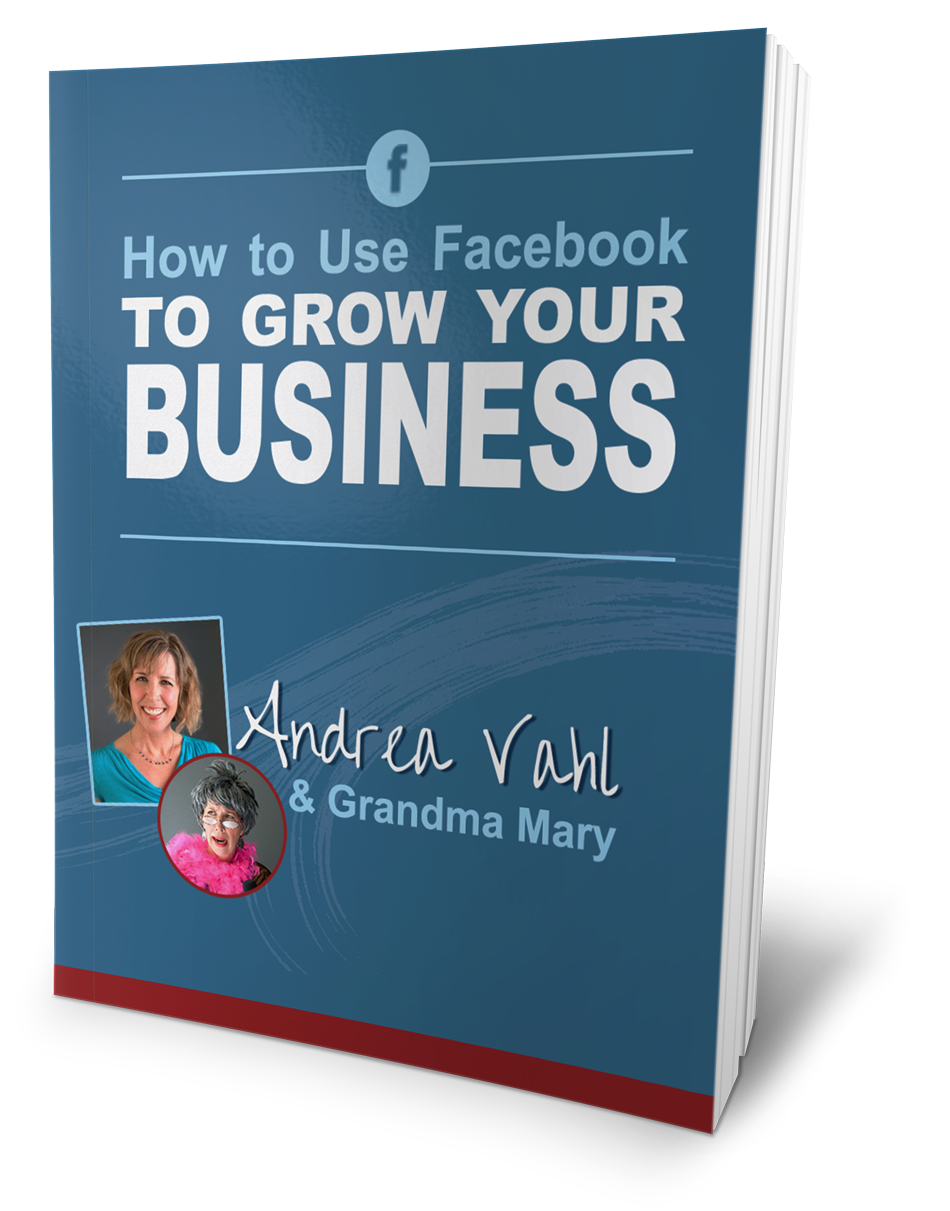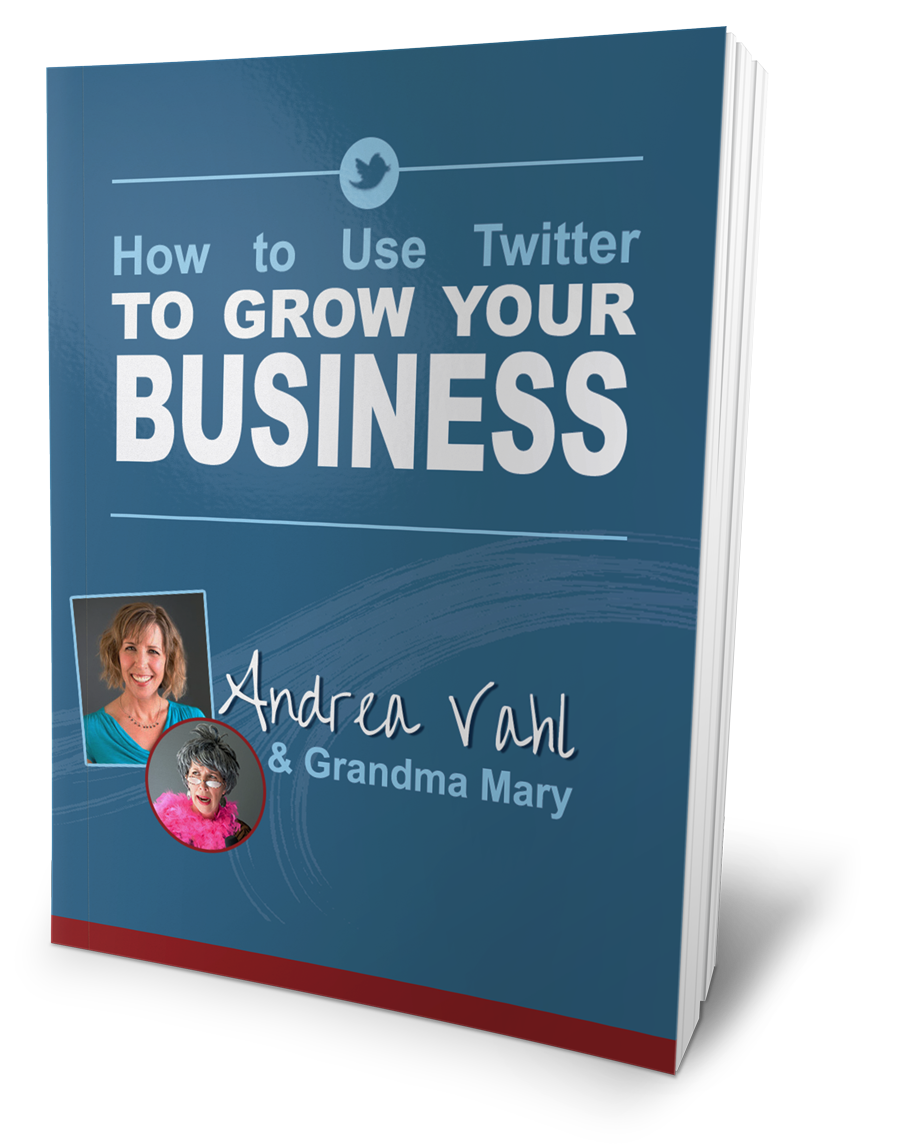Do you want to be a published author? It’s not as hard as you think! You can get your book onto Amazon in 3 easy-peasy steps! Today I’m very excited to welcome James H. Byrd with a special guest post to tell you how to do it!
 I have a special affinity for James because he also has an alter ego. He is a published author under a pen name and he dresses up like a wizard. A man after my own heart! If you have a book that you want to get out into the world, read this great post and then stay tuned for more information on a fantastic conference coming up that will help!
I have a special affinity for James because he also has an alter ego. He is a published author under a pen name and he dresses up like a wizard. A man after my own heart! If you have a book that you want to get out into the world, read this great post and then stay tuned for more information on a fantastic conference coming up that will help!
Guest post by James H. Byrd
More people are self-publishing these days than ever before. First, the introduction of print-on-demand printing made it possible for authors to affordably publish their own works in print form. Now, the digital revolution in publishing allows authors to produce ebooks and get their work onto major online retailer sites for virtually no out-of-pocket cost.
Amazon led the charge of the ebook revolution with its KDP (Kindle Direct Publishing) platform. Using KDP, authors can take a Microsoft Word document, upload it to Amazon, and publish it as a Kindle ebook in hours. How easy is it? It’s so easy that you could probably take a finished manuscript today and offer it for sale on Amazon tomorrow. In fact, getting publishing your book only takes three steps.
Step 1: Prepare Your Manuscript
Amazon allows you to upload several file formats, but the easiest one for most authors to deal with is the one they write their book in: Microsoft Word. Make sure your document contains all of the standard elements readers expect in a book, such as a title page, a copyright page, an “about the author” page, and so on. Do not include a book cover image, however, as you’ll be uploading it as a separate file.
You should also simplify the formatting in your book as much as possible. When starting with a Word document, KDP is still best suited for books that are largely text. Books that contain bullet lists, tables, and a lot of images can cause problems during conversion. You’ll also want to eliminate any print-oriented Word features, such as headers, footers, and special fonts.
Fortunately, the KDP site has plenty of helpful information on how to properly prepare your Word document for publication. Amazon has even published a free book on the subject: Building Your Book for Kindle (http://www.amazon.com/dp/B007URVZJ6).
Step 2: Create a KDP Account
Creating a KDP account is simple. Just go to kdp.amazon.com and sign in with your existing Amazon account, or click the link to sign up for a new account. You’ll need to enter your contact information, tax identifier (SSN/TIN/EIN), and how you would like to get paid. You can choose to receive a check from Amazon or have your royalties deposited straight into your checking account.
How you want to get paid is the only real decision you need to make when you set up an account. I recommend using the direct deposit option for two reasons: you get paid more quickly, and the “Magic Money” effect.
If you ask to receive a check, Amazon may hold on to your royalties until they exceed $100, but if you get direct deposit, that threshold is only $10. I use the term Magic Money to describe that feeling you get when you receive an email that says $X was just deposited to your account. Your books are pumping money into your account while you are busy doing other things. That’s magical.
Step 3: Upload Your Book
Once you create an account, you are ready to publish your book. From your account bookshelf, you click the button to “add a new title” and enter the information about your book. You set up a book in two steps. In the first step, you enter the information about your book, such as the title, description, author, language, publisher, categories, and keywords. You also upload your Word file and your cover image. In the second step, you choose your royalty, set your price, and select sales territories. If you get stuck on either step, you can save the changes you’ve made so far and come back when you are ready to continue.
Selecting the royalty rate seems to be the main thing that confuses people about publishing a book. Amazon offers a 35% royalty program and a 70% royalty program. Why would you ever want to choose 35%? The main reason to choose 35% is because your book doesn’t qualify for the 70% program. As of this writing, books must be priced from $2.99 to $9.99 to qualify. The 70% program has a couple of other ramifications relating to lending and pricing: you must allow readers to lend your book to others, and Amazon may pay your royalty based on the discounted sale price of your book, rather than the list price that you set. Be sure to check out the KDP “Pricing Page” for more information.
Congratulations You Are Now a Publisher!
The first time you set up a title at KDP, it may not feel as “easy” as the title of this post suggests. But once you have your account set up and have gone through the process of setting up one title, you’ll see how publishing your next book will be a breeze. After the first time, you’ll only have two steps!
If you already have a completed manuscript, you can probably tweak the formatting, add a title and copyright page, and upload the manuscript to Amazon in an afternoon. Once you click that “Save and Publish” button, Amazon says your book will be available for sale on Amazon.com within 48 to 72 hours. In my experience, the book usually appears on the site the next day.
How’s that for instant gratification?
****
James Byrd is a published fiction and non-fiction author, a publisher, a book consultant, a software developer, and co-owner of Logical Expressions, Inc. He is also one of the organizers of the 4th Annual Self-Publishers Online Conference (www.SelfPublishersOnlineConference.com), which offers 15 sessions of incredible self-publishing knowledge and interaction on May 8, 9, and 10. Register now and use coupon code VAHL12 to save 10% off the registration fee!























By keeping these easy point in mind before writing our book then its easy to publish .still want to know more visit http://firstbookdeal.com